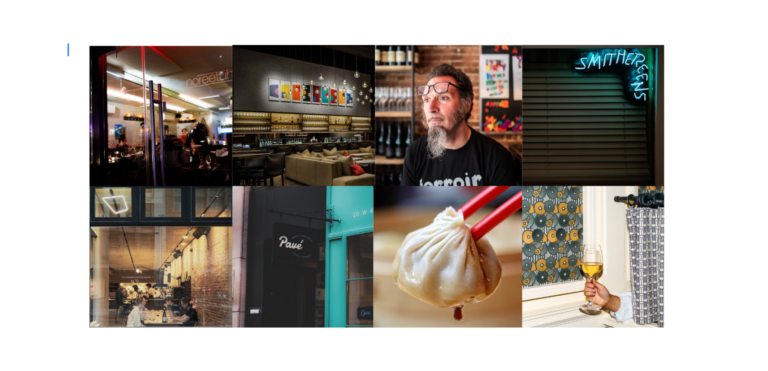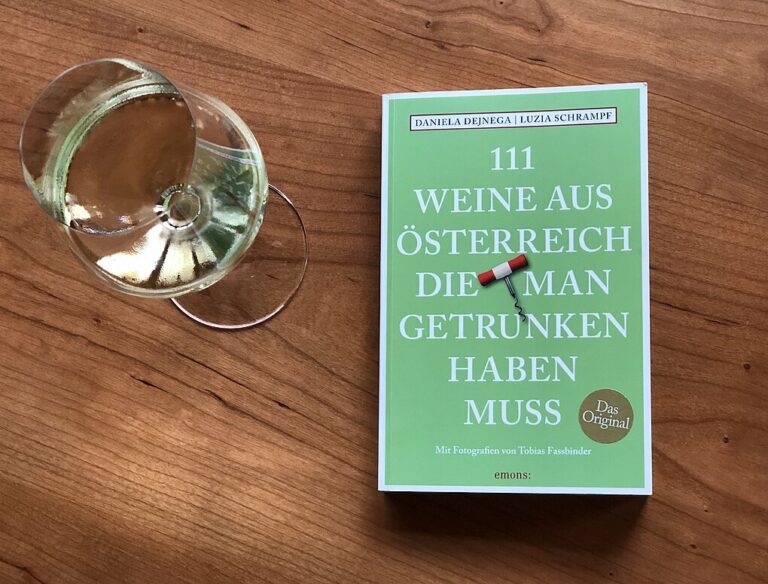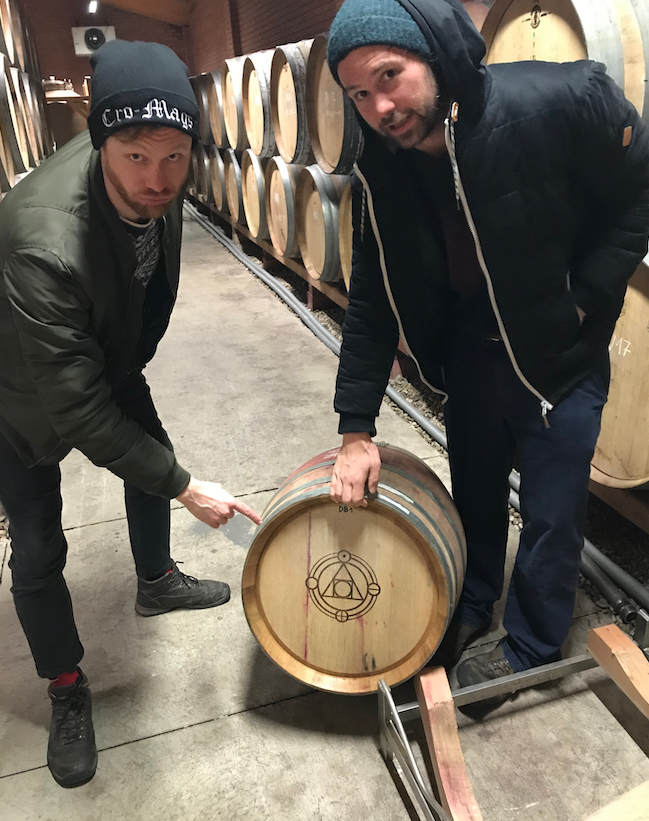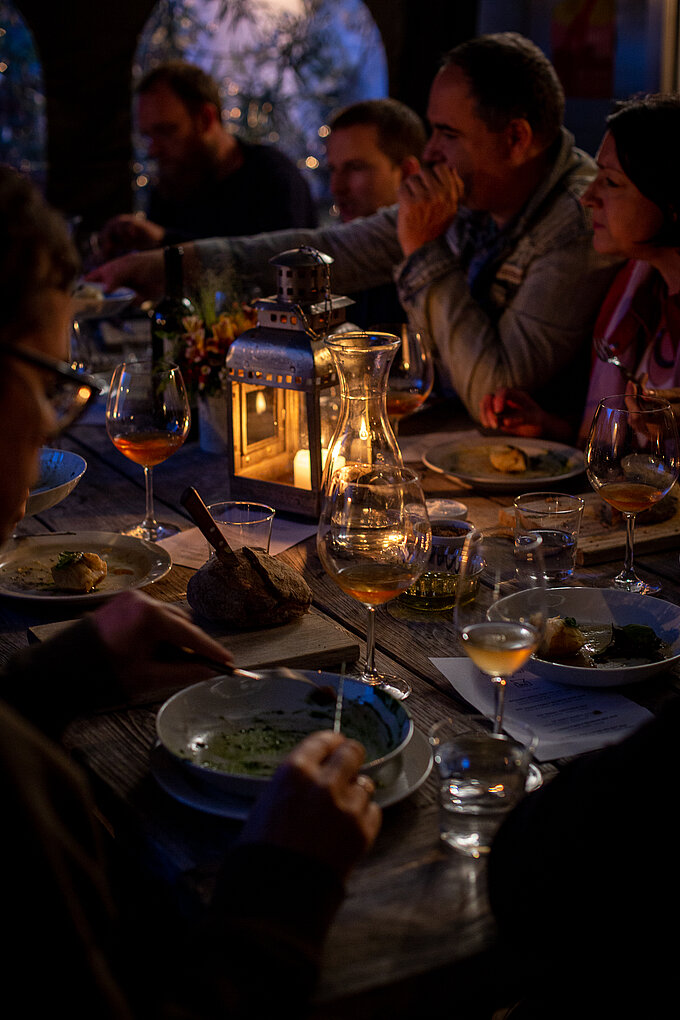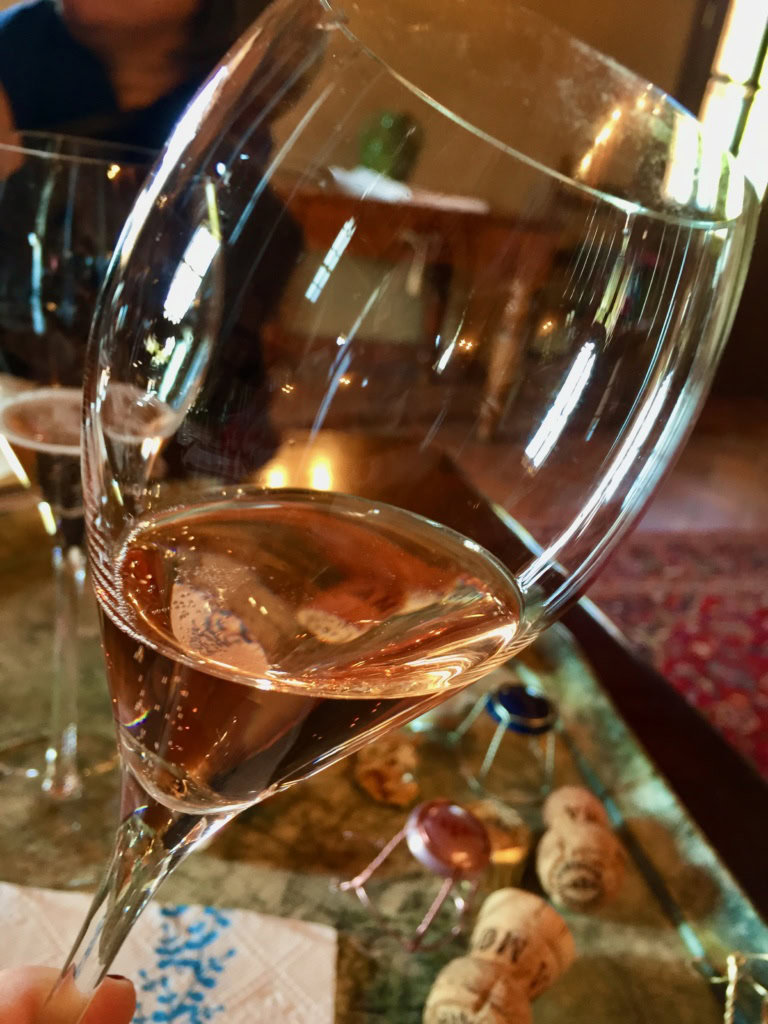Six Swine Wines in the Steiermark
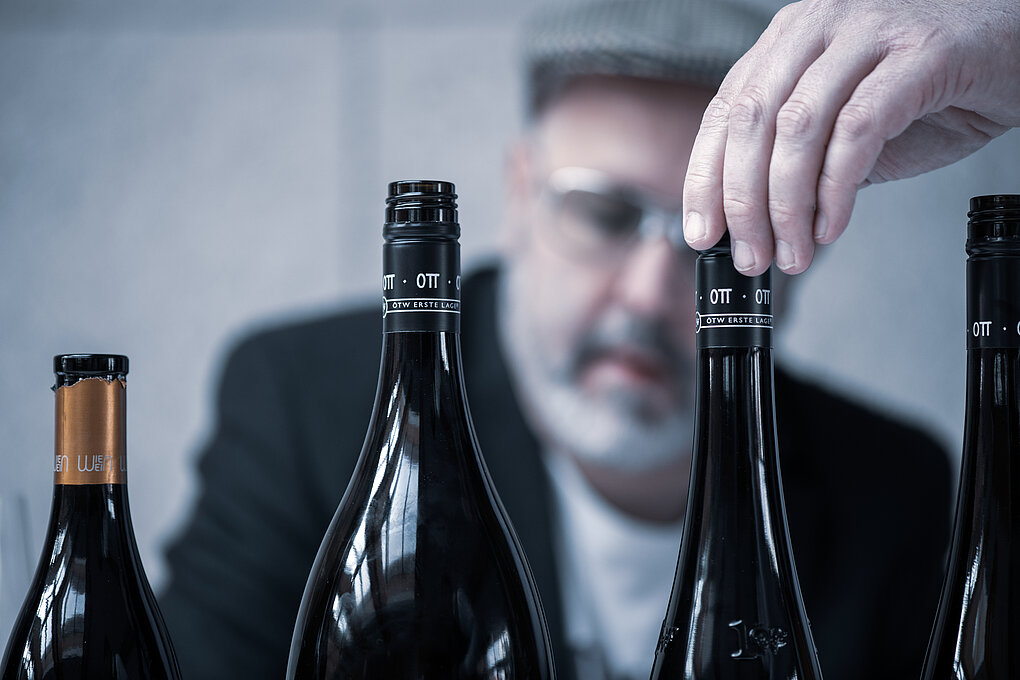
12/17/2021 Photo credit: Jürgen Schmücking Swine Wines in the Steiermark By Sebastian Bordthäuser In mid-October, Koch.Campus invited guests to a first-class pig-out in Trautmannsdorf, in Steiermark. “Going Whole Hog!” was the stated theme: two days of digging into the question of what differentiates the various heritage breeds from one another, and which provides the best meat. This combination of swine and wine catapulted the topic into the Champions League, and raised equally enthralling questions: Is there such a thing as terroir pork? Which wines are best suited to pair with various breeds? How much raw pork can I sample…

